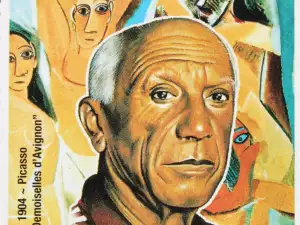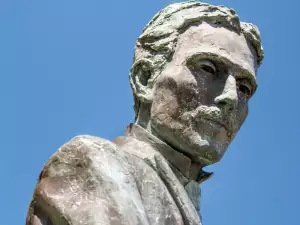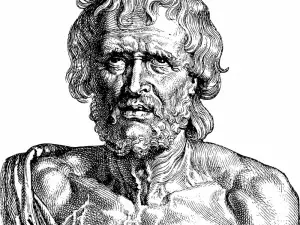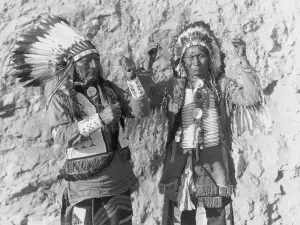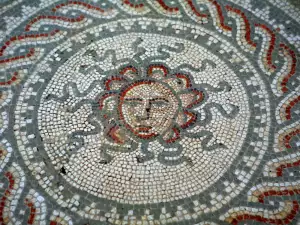Certain historical figures are actually present in our daily lives in the sense that, led by their various selfish motives, they've inadvertently created terms in the dictionary that still bear their names.
Silhouette
Étienne de Silhouette was a French minister in 1759, who was known for being a stingy person that always tried to save on everything. This quality of his did not allow him to spend large sums of money on beautiful portraits, which was why he ordered his painters to only paint his profile in dark colors, like a shadow, which came to be known as a silhouette in the modern day world.
Mansard
François Mansart was a French architect who first used the mansard roof, which carries his name on even today.
Hooligan
Patrick Hooligan was a petty pickpocket in London during the 19th century. The Irish man's name was first used in 1898 to easily describe the criminal activities that Hooligan was known for in the British capital.
Mausoleum
Mausolus was a Persian ruler who ordered a special tomb built for himself and his wife before his death. The tomb turned out to be a genuine work of art and from then on, all rulers insisted that their bodily remains be kept in a similar type of place, known as a mausoleum.
Boycott
Charles Boycott was a large-scale landowner in Ireland, who loaned out parcels of land to local villagers for them to work on in exchange for a fixed sum. But one year he was very unjust toward his workers, telling them that he would raise their rent by 25%. They rioted and he agreed to just a 15% increase, refusing to go any lower.
However, the villagers did not stand for this and declared complete disobedience, with both the land workers and Boycott's servants refusing to work.
As a result, the landowner was forced to hire workers that cost him even more, while the riot of his own workers still carries his name to this day.


